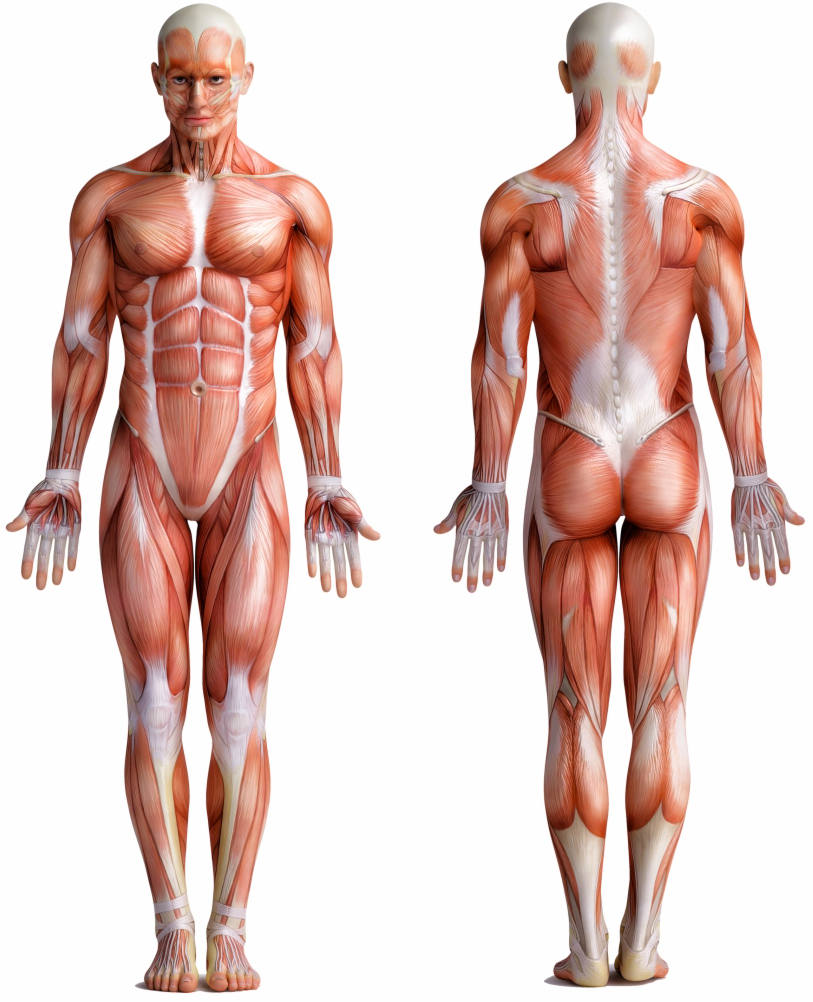-

-
About Us
- Our Vision
-
Personalized Care
Personalized Care Personalized Care Intro
Diagnostic Tests
- Digital X-Ray
- DynaROM
- 3D Body Scanning
- Gastrointentinal Health
- Organic Acids
- Comprehensive Stool Analysis
- Food Sensitivity
- Dietary Antigen Complete
- Endocrinology
- Thyroid Panel
- DUTCH Hormone Test
- Neurotransmitter Profile
- Adrenal Profile
- Nutritional Status
- Vitamin D
- Homocysteine
- Methylmalonic Acid
- Urine Iodine
- Organic Acids
- Copper Zinc Profile
- Essential Fatty Acid Profile
- RBC Metals & Minerals
- Toxic & Essential Elements
- RBC Elements
- Urine Toxic Metals
- Hair Metals & Minerals
- Urine Halides
Treatments
- Avacen Therapy
- Bioidentical Hormone Replacement Therapy (Anti-Aging)
- Chiropractic Care
- Electric Muscle & Nerve Stimulation
- Emsculpt Neo
- Emsella Treatment
- Erchonia Laser (Model EVRL)
- Exosomes
- Hair Restoration
- Headache & Migraine Treatment
- Hyaluronic Acid Injection
- Intersegmental Traction
- IV Nutrient Therapy
- Laser Lipo
- Massage Traction Chair
- PRP Facials
- PRP for Erectile Dysfunction
- PRP for Female Sexual Dysfunction
- PRP for Pain Relief
- PRP for Urinary Incontinence
- Semaglutide
- Shockwave Therapy for Cellulite & Skin Tightening
- Shockwave Therapy for Pain Relief
- Shockwave Therapy for Female Sexual Dysfunction
- Shockwave Therapy for Male Sexual Dysfunction
- Skin Rejuvenation
- Spinal Decompression
- TENS Unit
- Testosterone Replacement Therapy (TRT)
- Therapeutic Ultrasound
- Thyroid Care
- Trigger Point Therapy
- Durable Medical Equipment
- Ankle-foot Orthosis
- Cervical Rehab Coller
- Custom Foot Orthotics
- Lumbosacral Orthosis
- Osteoarthritis Knee Brace
- Wrist Brace
- FAQs
- Testimonials
- Pain Relief
- Weight Loss
-
Sexual Wellness
-
Anti-Aging
-
Resources
- Blog
- Video Library
- Store
-
Health Condition Library
Health Condition Library
- Ankle Osteoarthritis
- Bulging Spinal Disc
- Carpal Tunnel
- Cervical Degenerative Disc Disease
- Cervical Radiculopathy
- Elbow Bursitis
- Erectile Dysfunction
- Fatigue
- Female Hormone Imbalance
- Female Sexual Dysfunction
- Fibromyalgia
- Foot Arthritis
- Frozen Shoulder
- Golfer’s Elbow
- Hand Arthritis
- Headache
- Hip Bursitis
- Hip Osteoarthritis
- Hyperthyroidism
- Hypothyroidism
- Knee Bursitis
- Knee Osteoarthritis
- Low Testosterone
- Lumbar Degenerative Disc Disease
- Migraines
- Musculoskeletal Pain
- Obesity
- Osteoarthritis
- Plantar Fasciitis
- Plantar Fibroma
- Rotator Cuff Injury
- Sciatica Pain
- Shoulder Bursitis
- Shoulder Osteoarthritis
- Tennis Elbow
- Thoracic Degenerative Disc Disease
- Urinary Incontinence
- Weight Gain
- Wrist Arthritis
- Wrist Bursitis
- Contact
Understanding Neck Pain: A Comprehensive Guide
Alternate Names:Neck pain is often referred to by different names, including cervical spine pain, cervicalgia, and cervical discomfort.

Introduction:
Cervical pain is commonly known as neck pain and is a prevalent condition affecting millions of people worldwide. This article aims to provide a comprehensive understanding of cervical pain, including its alternate names, symptoms, causes, and various treatment options available.
What is Cervical Pain?
Cervical pain refers to discomfort or pain experienced in the neck area. It can range from mild to severe and may be accompanied by stiffness, limited range of motion, and muscle spasms. This condition can significantly impact an individual’s daily activities and overall quality of life.
Symptoms of Cervical Pain:
The symptoms of cervical pain can vary from person to person, but common manifestations include:
- Neck stiffness and soreness
- Sharp or dull pain in the neck
- Radiating pain to the shoulders, arms, or upper back
- Headaches, especially at the base of the skull
- Muscle spasms and tension
- Limited range of motion
- Numbness or tingling in the arms or hands
Causes of Cervical Pain:
Cervical pain can be caused by various factors, including:
- Cervical Degenerative Disease: This condition occurs due to the natural wear and tear of the cervical spine over time. It can lead to the degeneration of spinal discs, osteoarthritis, and the formation of bone spurs, resulting in neck pain.
- Cervical Radiculopathy: Cervical radiculopathy is caused by the compression or irritation of nerve roots in the cervical spine. This can occur due to herniated discs, spinal stenosis, or other spinal abnormalities, leading to radiating pain and numbness in the arms.
- Muscle Strain: Overuse, poor posture, or sudden movements can strain the muscles and ligaments in the neck, causing pain and stiffness.
- Trauma or Injury: Whiplash, sports injuries, or accidents can result in cervical pain due to damage to the muscles, ligaments, or discs in the neck.
Treatment Options for Cervical Pain:
The treatment of cervical pain depends on the underlying cause and severity of the condition. Here are some common treatment options:
- Rest and Activity Modification: Taking a break from activities that exacerbate the pain and adopting proper posture can help alleviate symptoms.
- Chiropractic Care: Spinal adjustments, targeted exercises, stretching, and manual therapy techniques can improve neck strength, flexibility, and reduce pain.
- Medications: Over-the-counter pain relievers, or non-steroidal anti-inflammatory drugs (NSAIDS), muscle relaxants, and anti-inflammatory drugs may be prescribed to manage pain and inflammation. Although NSAIDs do reduce inflammation to temporarily relieve pain, they are responsible for 30% of hospital admissions for adverse drug side effects, mainly due to bleeding, heart attack, stroke, and kidney damage. In addition, from the first day of use, all NSAIDs increase the risk of gastrointestinal (GI) bleeding, myocardial infarction, and stroke.
- Heat and Cold Therapy: Applying heat or cold packs to the affected area can provide temporary relief and reduce inflammation.
- Injections: Corticosteroid injections may be administered to reduce inflammation and alleviate pain in severe cases. Side effects of cortisone, which is commonly injected for joint pain, includes thinning of the skin, easy bruising, weight gain, puffiness of the face, elevation of blood pressure, cataract formation, thinning of the bones, and a rare but serious form of damage to large joints (avascular necrosis). Due to risks, patients may only get this treatment once every several months.
- Surgery: In rare cases where conservative treatments fail, surgical intervention may be considered to address underlying structural issues causing cervical pain.
Conclusion:
Cervical pain is a common condition that can significantly impact an individual’s daily life. Understanding its unique symptoms, causes and treatment options are crucial for effective pain management. If you experience persistent or worsening cervical pain, it is advisable to consult a healthcare professional for a proper diagnosis and personalized treatment plan.
Remember, early intervention and appropriate care can help you regain a pain-free and active lifestyle!








